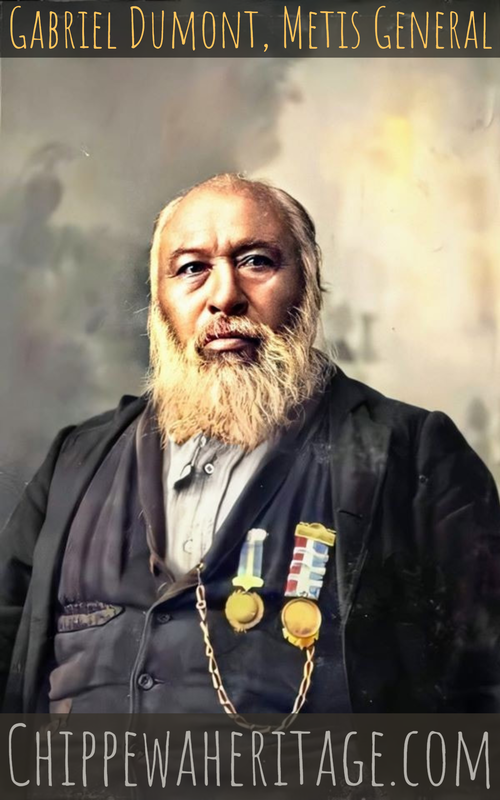THE OTIPEMISUAK: THE METIS
|
During the fur trade in west-central North America during the 18th century, intermarriage between local Ojibwe, Cree, Assiniboine, and other tribal people and Europeans became increasingly common. This resulted in a growing number of mixed-blood offspring who began to work in the fur trade industry and coalesce in areas such as Red River settlement (Manitoba). As this mixed-blood population progressed over several generations, they began to establish distinct communities separate from (but still connected to) those of their Indians and Europeans forebearers, and started to marry among themselves, creating new kinship networks and a cohesive population that resulted in a growing sense of unity and shared identity. A new Aboriginal people emerged – the Métis people – with their own unique culture, traditions, language (Michif), way of life, and a collective consciousness and desire for nationhood.
While Red River remained the heart of the Métis nation, distinct Métis communities developed in along the various trade routes across the northern Plains in places like Pembina, Turtle Mountain, Batoche, Wood Mountain, Cypress Hills, and west towards Montana and Alberta. Literally hundreds of communities arose within this Métis Nation Homeland, that includes the three Prairie provinces of Manitoba, Saskatchewan, and Alberta, as well as, parts of western Ontario, and the Northern United States. Today, several of these historic Métis communities continue to exist, with the largest concentration of Métis existing at the Turtle Mountain Reservation in North Dakota (an Ojibwe reservation that accepted Métis during the 1890s). As well, large numbers of Métis citizens now live in urban areas such as Winnipeg, Calgary, Edmonton, Regina, and Saskatoon. While some use the term Métis to designate any person of mixed-blood, the truth is that Métis is a distinct culture and not a racial classification. |
Useful Links |

